Steel pipe, as an essential industrial material, is widely used in industries such as oil and gas, construction, machinery manufacturing, power generation, automotive, and chemicals. Steel pipes are often transported over long distances, involving repeated loading and unloading. Improper packaging can easily lead to deformation, dents, scratches, or corrosion, affecting the product's appearance and performance. Therefore, scientific and appropriate transport packaging is crucial for ensuring steel pipe quality and improving customer satisfaction.
This article systematically summarizes the transport and packaging requirements for steel pipe products, drawing on GB2102-88 and commonly used industry specifications, to help companies better understand and apply these requirements during production, logistics, and delivery.
Relevant Standards and Specifications
Steel pipe transportation packaging generally complies with national, industry, and international standards, such as:
Chinese National Standards (GB/T): such as GB/T 24671, "General Rules for Steel Pipe Packaging";
International Standards: such as ISO and
ASTM;
Industry Customer Requirements: Some large oil, construction, and machinery companies may have customized packaging requirements.
According to GB2102-88, steel pipes (including seamless and welded steel pipes) must be packaged in bundles or shipped in bulk.
These standards generally specify: bundling methods, labeling requirements, protective measures, transportation safety regulations, etc., providing practical guidance for companies.
Common steel pipe transportation packaging methods
1. Bundling and Packaging
Steel pipes are generally delivered in bundles. Each bundle should contain pipes from the same batch number (unless the product standard allows for combined batches).
The weight of each bundle should not exceed 5,000 kg. Steel pipes with an outer diameter greater than 159 mm or special-shaped steel pipes with a cross-sectional circumference greater than 500 mm may be delivered in bulk. Upon agreement between the supplier and the buyer, the weight of each bundle may exceed 5,000 kg, and smaller packages may also be provided. Common Steel Pipe Bundling and Packaging Forms
2. Wooden Box/Wooden Rack Packaging
Suitable for high-value-added products such as precision steel pipes, alloy steel pipes, and stainless steel pipes. Secured in wooden boxes or wooden racks, the interior can be lined with rust-proof paper or plastic film to ensure moisture, shock, and scratch resistance.
3. Plastic Film or Linen Wrapping
Wrapping steel pipes with plastic film, woven bags, or linen is commonly used for export products to prevent moisture and rust during sea transportation.
4. Port Protection
Regardless of the packaging method, plastic sleeves or iron guards are typically installed at both ends of the steel pipe to prevent deformation and prevent debris from entering the pipe during transportation.Each threaded steel pipe should have a pipe fitting screwed onto one end. The threads and machined surfaces of the steel pipe and its fittings must be coated with rust-inhibiting oil or other rust-inhibiting agents. Threaded welded steel pipe for low-pressure fluid transportation does not require threaded threaded threaded threaded threaded pipe. However, threaded threaded welded steel pipe for low-pressure fluid transportation (including galvanized welded steel pipe) with a nominal diameter of 65 mm or greater may be installed with a threaded threaded threaded pipe.
5.Markings
Steel pipes with an outer diameter of 36 mm or greater and special-shaped steel pipes with a cross-sectional circumference of 150 mm or greater must have a marking on one end of each pipe, whether spray-printed, stamped, rolled, steel-stamped, or adhesively applied. The marking must be clear and distinct and not easily detached. The marking should include the steel grade, product specification, product standard number, and the supplier's mark or registered trademark. Alloy steel pipes should have the furnace and batch numbers printed after the steel grade. Pipe fittings for geological and petroleum steel pipes should have the grade or steel grade marking. Left-hand threaded steel pipes should have the character "left" printed after the standard number. Welded and galvanized steel pipes for low-pressure fluid transportation, electrical conduit, general-purpose electric welded steel pipes, special-shaped welded steel pipes, and special-shaped
seamless steel pipes with complex cross-sections do not require marking. Steel pipes with an outer diameter of less than 36 mm and special-shaped steel pipes with a cross-sectional circumference of less than 150 mm do not require marking. Each bundle of steel pipes must be labeled with at least two labels (one label may be attached to each pipe if it bears a mark). The labels should include the supplier's mark or registered trademark, steel grade, heat number (except where the product standard does not specify delivery by heat number), batch number, contract number, product specifications, product standard number, weight or number of pipes, manufacturing date, and the stamp of the supplier's technical supervision department. Steel pipes and pipe fittings packaged in containers must have one label inside the container. A label should also be attached to the outer end of the container.
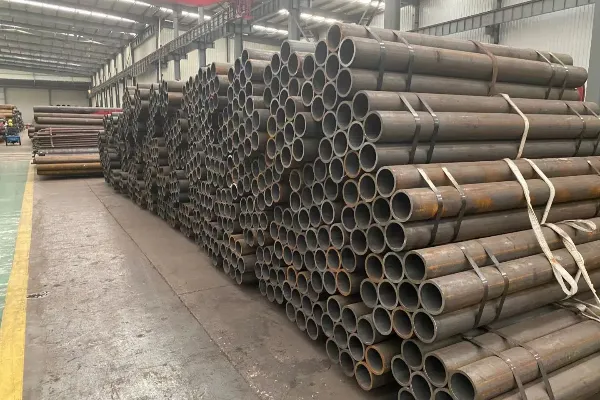
Packaging Requirements for Different Application Scenarios
1. Domestic Land Transportation: Steel strapping and bare packaging are primarily used for low cost and convenient loading and unloading.
2. Export Ocean Shipping: Moisture and rust resistance are required, typically using a combination of plastic film and wooden boxes/wooden frames.
3. High-precision Steel Pipes: For example, hydraulic support pipes and pipes for precision machinery, these are often protected with multiple layers of wooden boxes, anti-rust oil, and plastic film.
4. Specialized Pipes for Oil and Gas Pipelines: Customized packaging, such as port protection, internal anti-corrosion coatings, and external wrapping, is often required.






 English
English Español
Español بالعربية
بالعربية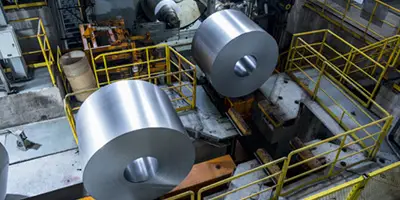
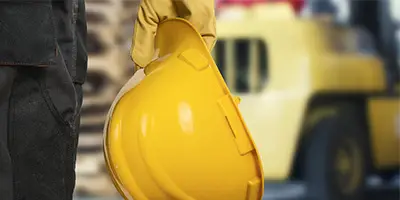
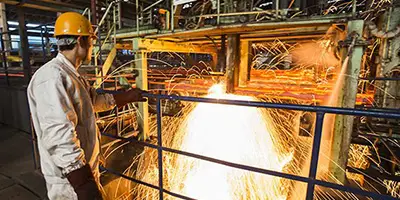
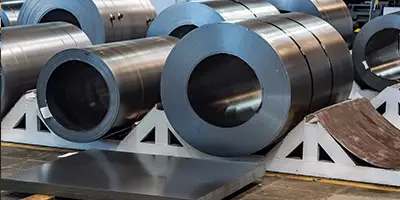

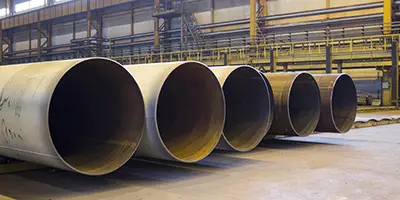
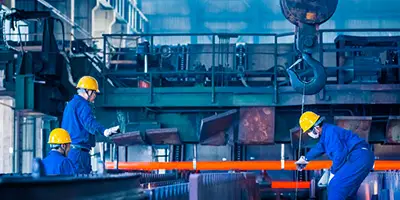
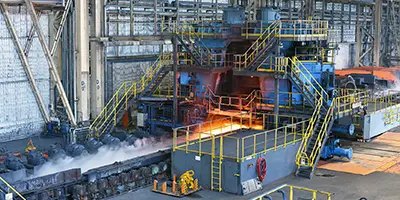
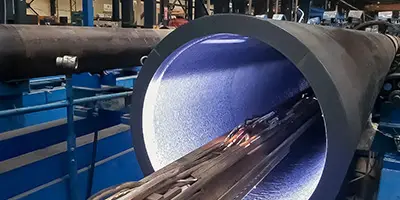
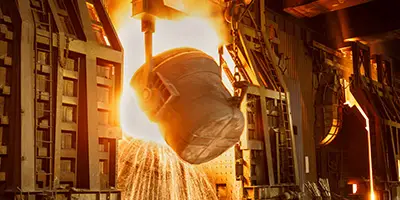
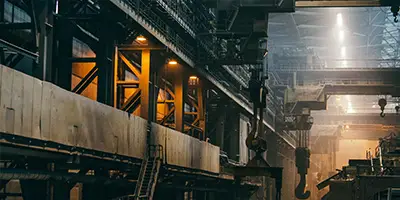

 Phone :
Phone :  Whatsapp :
Whatsapp :  Email :
Email : 


